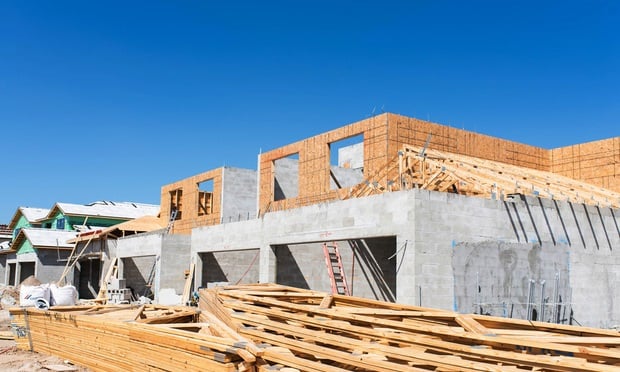SAN DIEGO-The demise of many big-box and department-store retailers has led to a decline in large enclosed malls that won't reverse itself any time soon—if ever—said panelists of ICSC's Western Division Conference here yesterday. Speakers opined that the days of the department-store-anchored mall are gone, but there are many emerging retail models to replace them.
One of those trends is outlet centers, which speaker Michael Marino, EVP & division manager for Wells Fargo Bank, says his firm has financed two or three of, even during recent difficult financial times. Another trend is Hispanic grocery-anchored local centers, of which Mark Schurgin, president of the Festival Cos., said his firm is currently developing eight. And speaking of grocery stores, trends in this area abound, from Internet-ordered groceries via Amazon.com, said Terry Evans, VP of the Kroger Co., to retailers like Target adding grocery aisles to their floorplans.
“The Internet use of grocery is one of the biggest trends we're seeing,” said Evans. “It's a trend we're studying and continuing to look at.” The trend is concerning to grocery retailers like Kroger, who don't want to see their market share eaten up by former non-grocery retailers.
Also growing is the size and number of grocery stores, said Evans. Kroger's stores are now ranging from 75,000 square feet to 125,000 square feet, and he expects to add 150 to 175 new major projects over the next three years. He also said that consolidation is not over in the grocery business, and we will hear about other deals taking place over the next couple of years.
Still, many other types of retailers are looking at smaller footprints and utilizing the Internet to sell product it can't fit into smaller bricks-and-mortar shops. Some are using their stores as showrooms, expecting to make the actual sales online.
But even though retail footprints are shrinking, bricks-and-mortar shops will not disappear, said Arturo Sneider, a partner with Primestor Development Inc. “The experiential need of a shopping center is shifting back in a big way—the need to have a place to hang out, to be, to spend time.”
On the development side, construction of schools, drugstores, neighborhood shopping centers and standalone restaurants is increasing, according to Bruce Pomeroy, president of Evergreen. In fact, among the three major drugstore retailers—Walgreens, CVS/pharmacy and Rite-Aid—the competition is strong, and with retailers adding new lines like groceries to their mix, Robert Roscoe, division VP of real estate for Walgreens, said, “We need to change up what we have to offer.”
© 2025 ALM Global, LLC, All Rights Reserved. Request academic re-use from www.copyright.com. All other uses, submit a request to [email protected]. For more information visit Asset & Logo Licensing.







